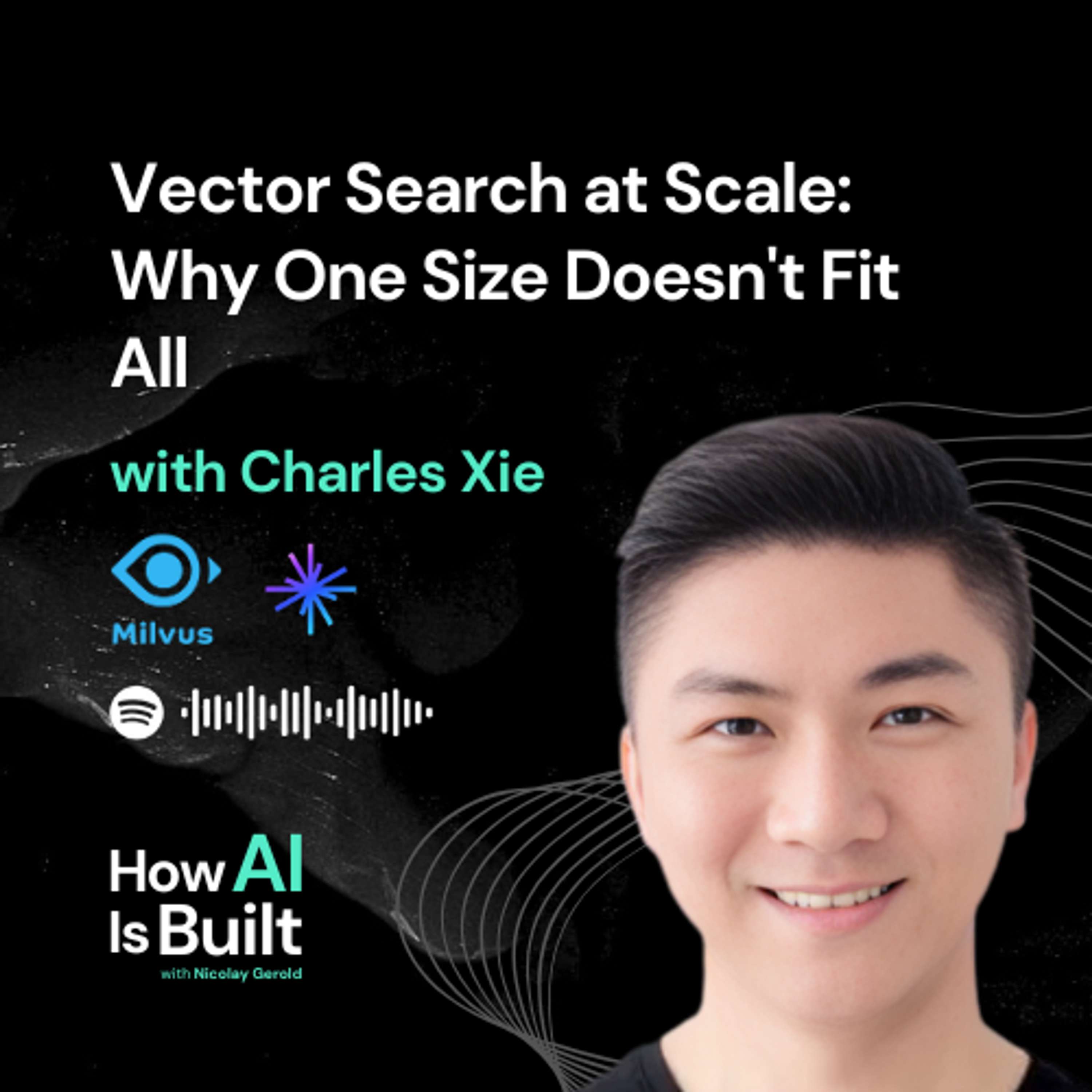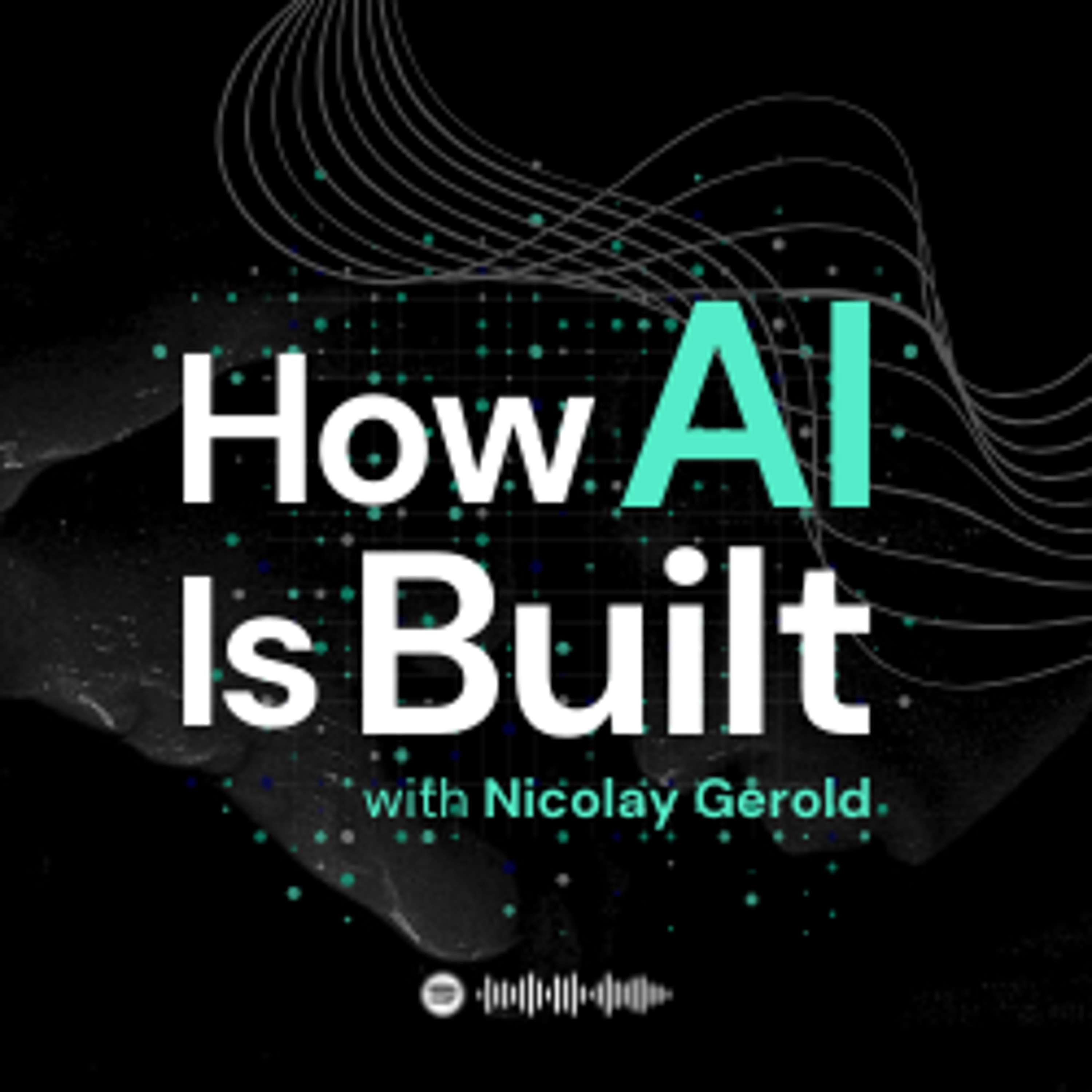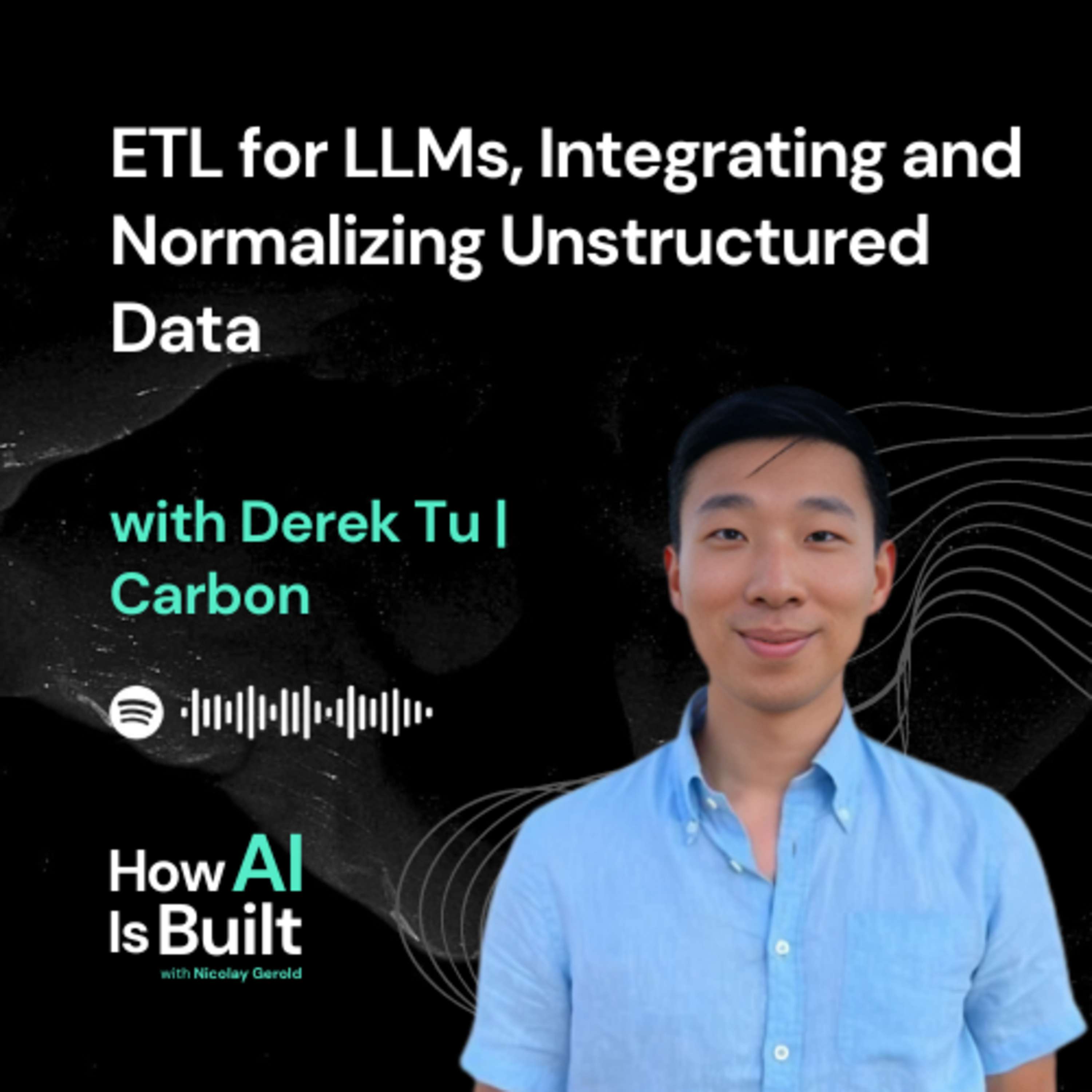Query Understanding: Doing The Work Before The Query Hits The Database | S2 E1
Description
Welcome back to How AI Is Built.
We have got a very special episode to kick off season two.
Daniel Tunkelang is a search consultant currently working with Algolia. He is a leader in the field of information retrieval, recommender systems, and AI-powered search. He worked for Canva, Algolia, Cisco, Gartner, Handshake, to pick a few.
His core focus is query understanding.
**Query understanding is about focusing less on the results and more on the query.** The query of the user is the first-class citizen. It is about figuring out what the user wants and than finding, scoring, and ranking results based on it. So most of the work happens before you hit the database.
**Key Takeaways:**
- The "bag of documents" model for queries and "bag of queries" model for documents are useful approaches for representing queries and documents in search systems.
- Query specificity is an important factor in query understanding. It can be measured using cosine similarity between query vectors and document vectors.
- Query classification into broad categories (e.g., product taxonomy) is a high-leverage technique for improving search relevance and can act as a guardrail for query expansion and relaxation.
- Large Language Models (LLMs) can be useful for search, but simpler techniques like query similarity using embeddings can often solve many problems without the complexity and cost of full LLM implementations.
- Offline processing to enhance document representations (e.g., filling in missing metadata, inferring categories) can significantly improve search quality.
**Daniel Tunkelang**
- [LinkedIn](https://www.linkedin.com/in/dtunkelang/)
- [Medium](https://queryunderstanding.com/)
**Nicolay Gerold:**
- [LinkedIn](https://www.linkedin.com/in/nicolay-gerold/)
- [X (Twitter)](https://twitter.com/nicolaygerold)
- [Substack](https://nicolaygerold.substack.com/)
Query understanding, search relevance, bag of documents, bag of queries, query specificity, query classification, named entity recognition, pre-retrieval processing, caching, large language models (LLMs), embeddings, offline processing, metadata enhancement, FastText, MiniLM, sentence transformers, visualization, precision, recall
[00:00:00 ] 1. Introduction to Query Understanding
- Definition and importance in search systems
- Evolution of query understanding techniques
[00:05:30 ] 2. Query Representation Models
- The "bag of documents" model for queries
- The "bag of queries" model for documents
- Advantages of holistic query representation
[00:12:00 ] 3. Query Specificity and Classification
- Measuring query specificity using cosine similarity
- Importance of query classification in search relevance
- Implementing and leveraging query classifiers
[00:19:30 ] 4. Named Entity Recognition in Query Understanding
- Role of NER in query processing
- Challenges with unique or tail entities
[00:24:00 ] 5. Pre-Retrieval Query Processing
- Importance of early-stage query analysis
- Balancing computational resources and impact
[00:28:30 ] 6. Performance Optimization Techniques
- Caching strategies for query understanding
- Offline processing for document enhancement
[00:33:00 ] 7. Advanced Techniques: Embeddings and Language Models
- Using embeddings for query similarity
- Role of Large Language Models (LLMs) in search
- When to use simpler techniques vs. complex models
[00:39:00 ] 8. Practical Implementation Strategies
- Starting points for engineers new to query understanding
- Tools and libraries for query understanding (FastText, MiniLM, etc.)
- Balancing precision and recall in search systems
[00:44:00 ] 9. Visualization and Analysis of Query Spaces
- Discussion on t-SNE, UMAP, and other visualization techniques
- Limitations and alternatives to embedding visualizations
[00:47:00 ] 10. Future Directions and Closing Thoughts - Emerging trends in query understanding - Key takeaways for search system engineers
[00:53:00 ] End of Episode
























